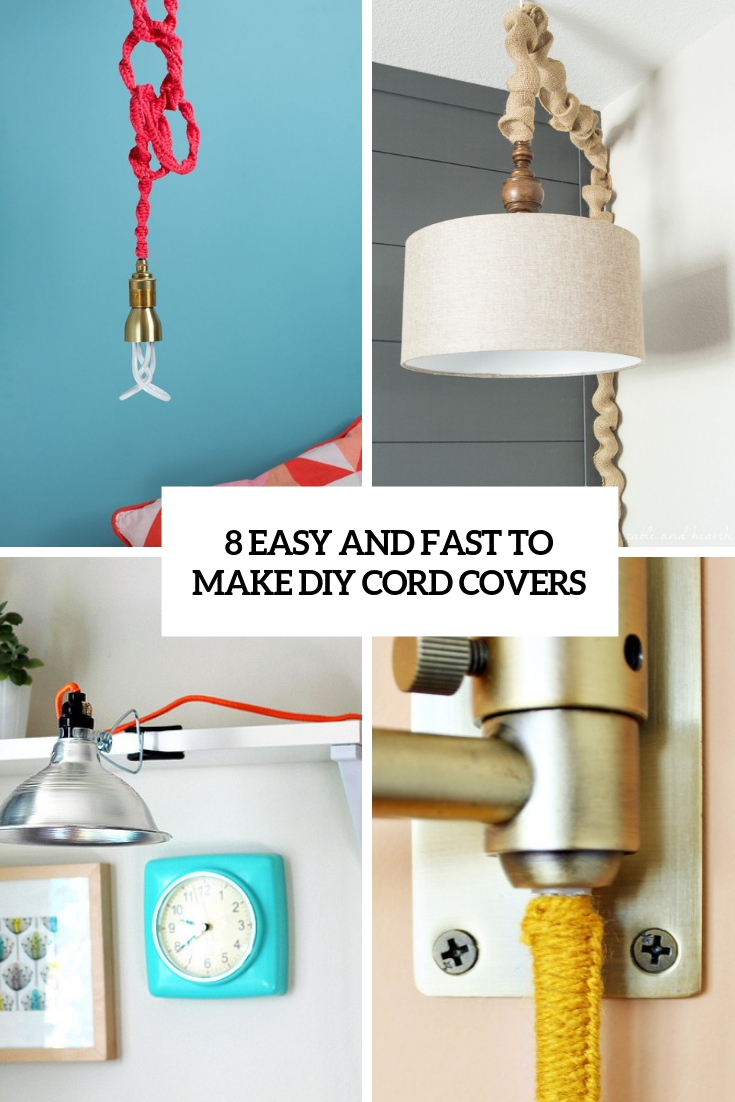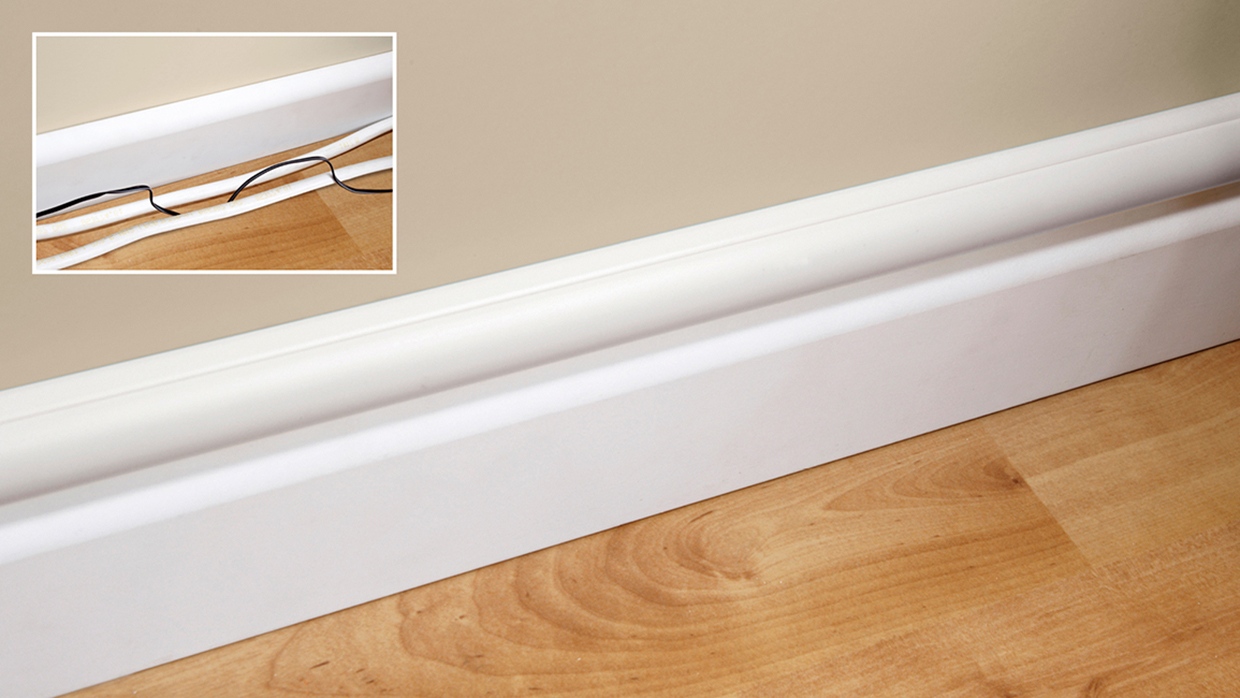In today’s tech-savvy world, managing cables has become not just a necessity but also an opportunity to enhance home decor. Enter the cord cover decorative, a stylish solution to hide those unsightly cables while complementing your interior design. In this comprehensive guide, we’ll explore various aspects of cord covers, including types, benefits, installation tips, and much more. Whether you’re looking to declutter your living space or add a touch of elegance, this article will provide valuable insights drawn from personal experiences and expert knowledge.
What are Cord Covers?
Cord covers are protective casing structures designed to conceal electrical wires and cables. They serve a dual purpose: to protect cables from damage and to improve the aesthetics of your home or office space. Cord covers come in various materials, colors, and styles, making them a versatile choice for any decor.
Why Use Cord Covers?
- Safety: Hiding cords reduces the risk of tripping hazards.
- Protection: Prevents wear and tear on cables from pets and foot traffic.
- Aesthetics: Enhances the overall look of your space by reducing visual clutter.
Types of Cord Covers
1. Wall-Mounted Cord Covers
Wall-mounted cord covers are the most common type, often used to run wires along walls and ceilings. They’re available in various materials, including plastic, wood, and metal.

2. Floor Cord Covers
These cord covers are designed to run along the floor and are perfect for preventing tripping hazards. They usually come with a non-slip bottom and can be stylishly integrated into any room.
3. Decorative Cord Covers
Decorative cord covers take the concept a step further, offering designs that blend seamlessly with your décor. They can look like molding, making them a stylish addition to your home’s interior.

4. Cable Management Sleeves
Cable management sleeves are flexible tubes that can contain multiple cables in a single sleeve. They are perfect for keeping cables organized behind your entertainment centers.
Materials Used in Cord Covers

1. PVC
PVC is a popular material for cord covers due to its durability and affordability. It’s easy to install and comes in various colors.
2. Wood
Wooden cord covers offer a natural look and are ideal for rustic or traditional interiors. They can be painted or stained to match your decor.

3. Fabric
Fabric covers are more flexible and can be easily customized. They are perfect for areas where aesthetics are a priority.
4. Metal
Metal cord covers are sturdy and modern, making them a great choice for contemporary spaces.

Installing Your Cord Cover Decorative
Tools You Will Need
- Measuring tape
- Level
- Drill
- Screwdriver
- Adhesive (optional)

Step-by-Step Installation Process
- Measure Your Cables: Assess the length and number of cables you want to cover.
- Choose the Right Cord Cover: Select a type and material that fits your needs and decor.
- Prepare the Surface: Clean the area where you will install the cover.
- Mark and Level: Use measuring tape and a level to mark where the cover will go.
- Install: Secure the cover in place using screws or adhesive.
Pros and Cons of Using Decorative Cord Covers
| Pros | Cons |
|---|---|
| Improves aesthetics | Initial cost can be high |
| Enhances safety | Installation may require tools |
| Protects cables | May not fit unusual or bulky cables |
Choosing the Right Cord Cover for Your Home
Factors to Consider
- Length: Measure your cables accurately.
- Design: Choose a design that complements your home décor.
- Material: Select a durable material that suits your needs.
Top Decorative Cord Covers Comparison
| Product Name | Material | Length | Price |
|---|---|---|---|
| Baseboard Cord Cover | Wood | 8 ft | $39.99 |
| Wall Cord Cover Kit | PVC | 15 ft | $24.99 |
| Fabric Cable Sleeves | Fabric | 6 ft | $19.99 |
FAQs About Cord Cover Decorative
1. Can I paint my cord cover?
Yes, many cord covers, especially those made from wood or PVC, can be painted to match your decor.
2. Are cord covers easy to install?
Most cord covers come with detailed instructions, and installation is generally straightforward, requiring minimal tools.
3. How do I clean my cord cover?
Simply use a damp cloth to wipe down the cord cover. For tougher stains, a mild soap solution works well.
4. Can I use cord covers outdoors?
While some cord covers are designed for outdoor use, it’s essential to check the product specifications before installation.
5. How do I choose the right size cord cover?
Measure the length and thickness of your cables, and choose a cord cover that provides ample space for all of them.
Conclusion: Elevate Your Space with Cord Cover Decoratives
Decorative cord covers are an effective way to manage and conceal cords while enhancing your home decor. With a wide variety of options available, it’s easy to find a solution that suits your style and needs. From preventing hazards to protecting your cables, the benefits of using cord covers are undeniable. I hope this guide has helped you understand the importance of cord covers and how they can transform your space. Happy decorating!